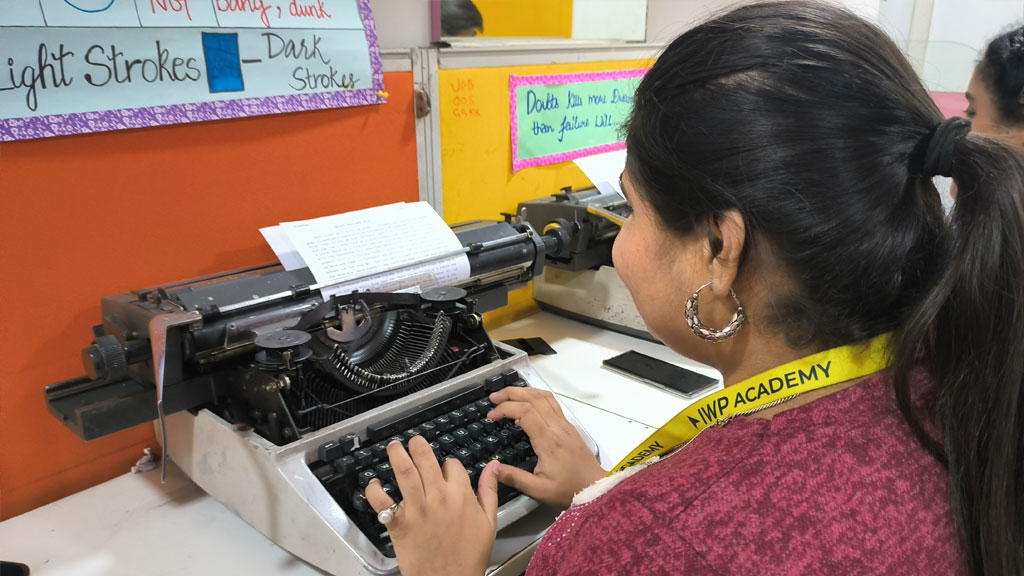Introduction: In a world where information travels at the speed of light, the ability to capture spoken words with precision is a skill that holds immense value. Stenography, often referred to as the art of shorthand writing, is a timeless craft that transcends technology. In this blog post, we’ll explore the fascinating world of stenography, the unique skills it imparts, and the diverse avenues it opens up for those who embark on the journey of mastering this art.
- The Symphony of Shortcuts: At its essence, stenography is a symphony of shortcuts—a specialized form of writing that allows individuals to record spoken words at a much higher speed than traditional writing methods. Learning stenography involves mastering shorthand symbols and techniques that enable practitioners to keep pace with rapid speech, making it an invaluable skill in various professional settings.
- Speed and Accuracy: One of the primary objectives of a stenography course is to develop both speed and accuracy. Students learn to streamline their writing process, utilizing abbreviations and symbols to capture spoken words in real-time. The emphasis on accuracy ensures that transcriptions are not only fast but also precise, a critical requirement in professions where every word matters.
- Versatility Across Professions: Stenography isn’t confined to a single industry; its applications span a multitude of professions. Courtrooms, boardrooms, live events, and even the media are just a few examples where stenographers play a crucial role. Graduates of stenography courses find themselves in demand in legal settings, providing closed captioning services, and supporting executives in fast-paced meetings.
- Adapting to Technological Advances: While the fundamentals of stenography remain rooted in tradition, modern stenographers also adapt to technological advances. Stenography courses often integrate the use of stenotype machines and computer-aided transcription software. This blend of tradition and technology ensures that practitioners are equipped to meet the demands of contemporary communication needs.
- Court Reporting and Legal Professions: Stenography has long been a cornerstone of court reporting. A stenographer’s ability to transcribe legal proceedings with speed and accuracy is indispensable. Aspiring legal professionals often find stenography courses to be a valuable asset in their toolkit, opening doors to careers as court reporters or legal transcriptionists.
- Media and Broadcast Industry: In the fast-paced world of media and broadcasting, stenographers play a vital role in live events, newsrooms, and entertainment productions. Their ability to transcribe interviews, speeches, and events in real-time is instrumental in ensuring that accurate information is disseminated swiftly to the public.
- Freelance Opportunities: Stenographers also have the flexibility to work as freelancers, providing their services to a diverse range of clients. From transcribing podcasts to captioning videos, freelancing allows stenographers to choose the projects that align with their interests and expertise.
Conclusion: The art of stenography is a blend of skill, precision, and adaptability. As you embark on the journey of a stenography course, remember that you are not just learning to capture words; you are mastering a craft that opens doors to dynamic and diverse professional opportunities. Whether you find yourself in a courtroom, a newsroom, or the midst of a live event, your ability to transcribe words at the speed of thought makes you an essential player in the world of communication. Embrace the shorthand symphony, and let your stenography skills compose a successful and impactful career.

